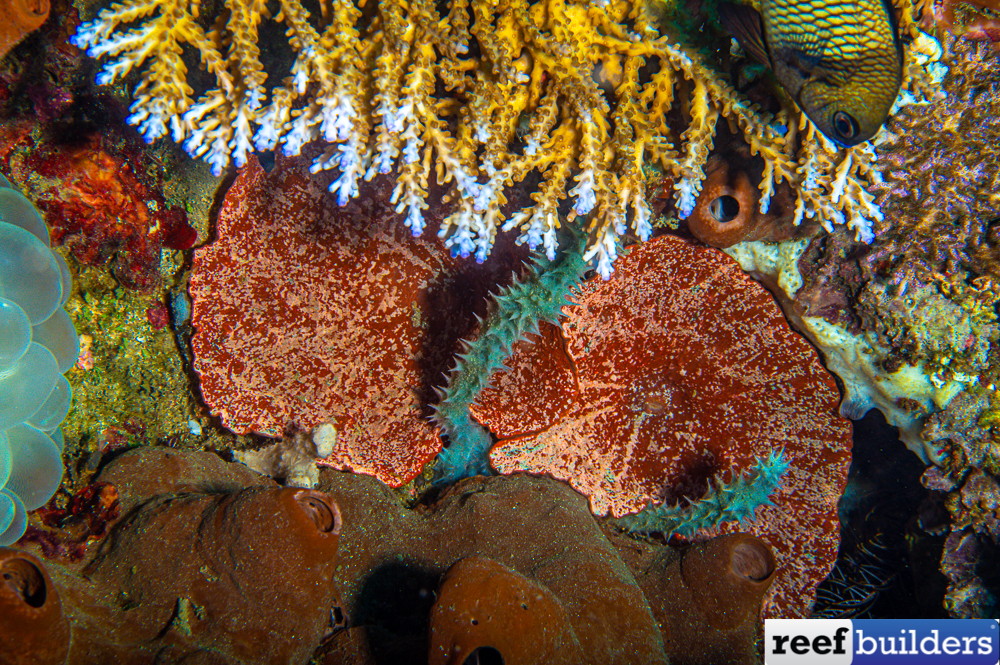When it comes to spotting them in the wild, Jawbreaker Discosoma are very similar to anemones in many ways. In the same way as Bubble tips anemones (Entacmea quadricolor), you either find a large size colony of various corallimorphs or hundreds of small individual clones. Well for Discosoma it’s kind of the same.
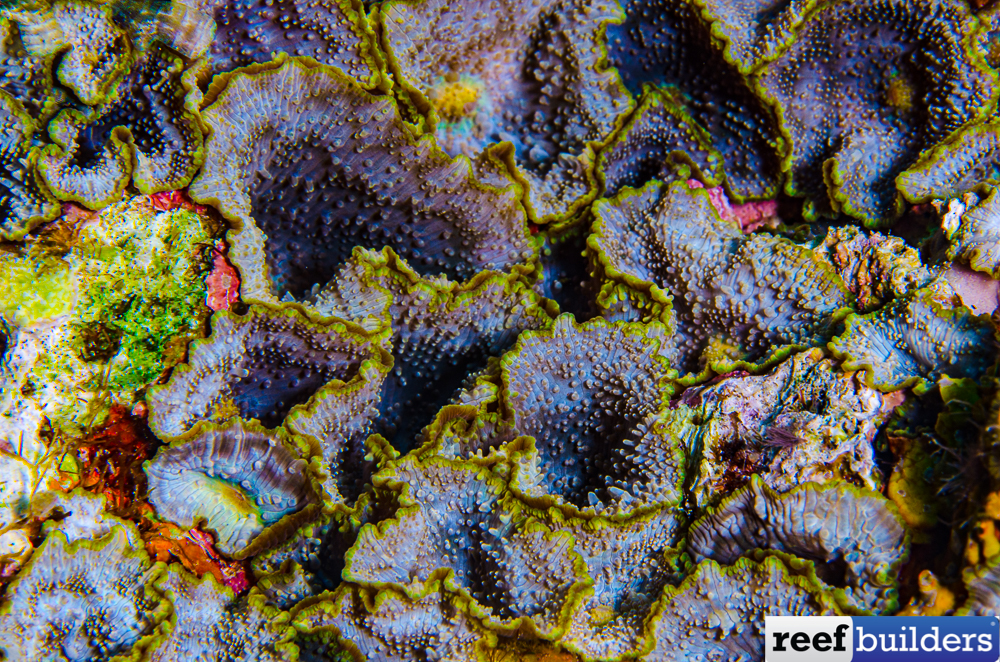
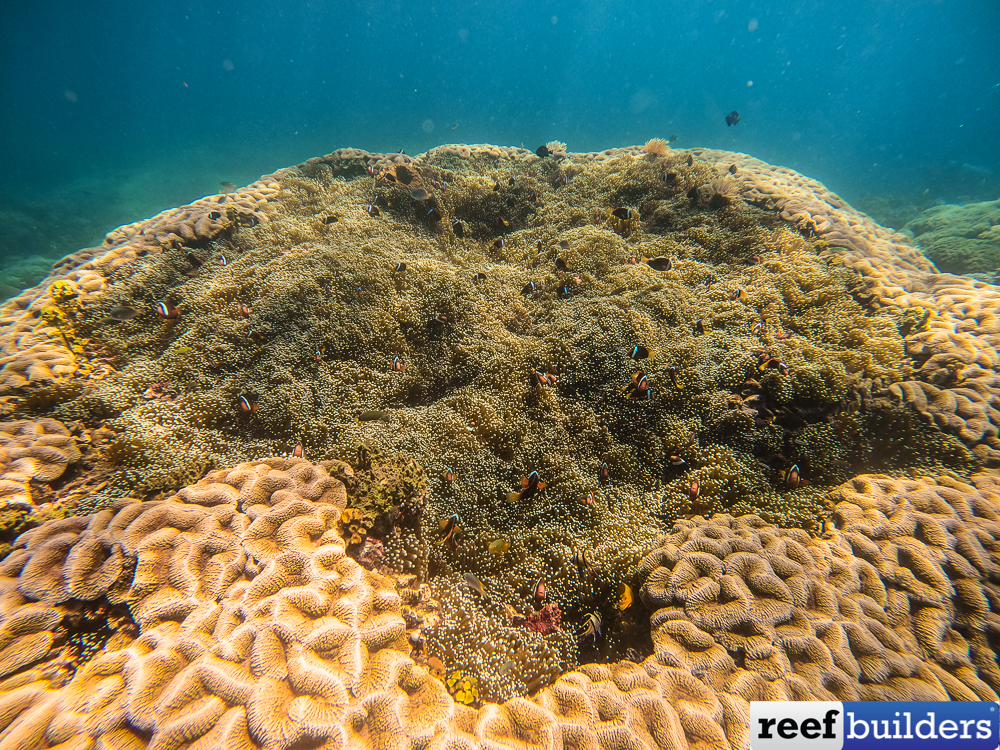
The Jawbreaker Discosoma, is a recognizable and larger Discosoma species or strain with characteristically thicker tissue and polyps. The Jawbreakers style shrooms are usually found solitary or in very small colonies, as opposed to usual Discosoma that are a kind of a weed and very prolific.
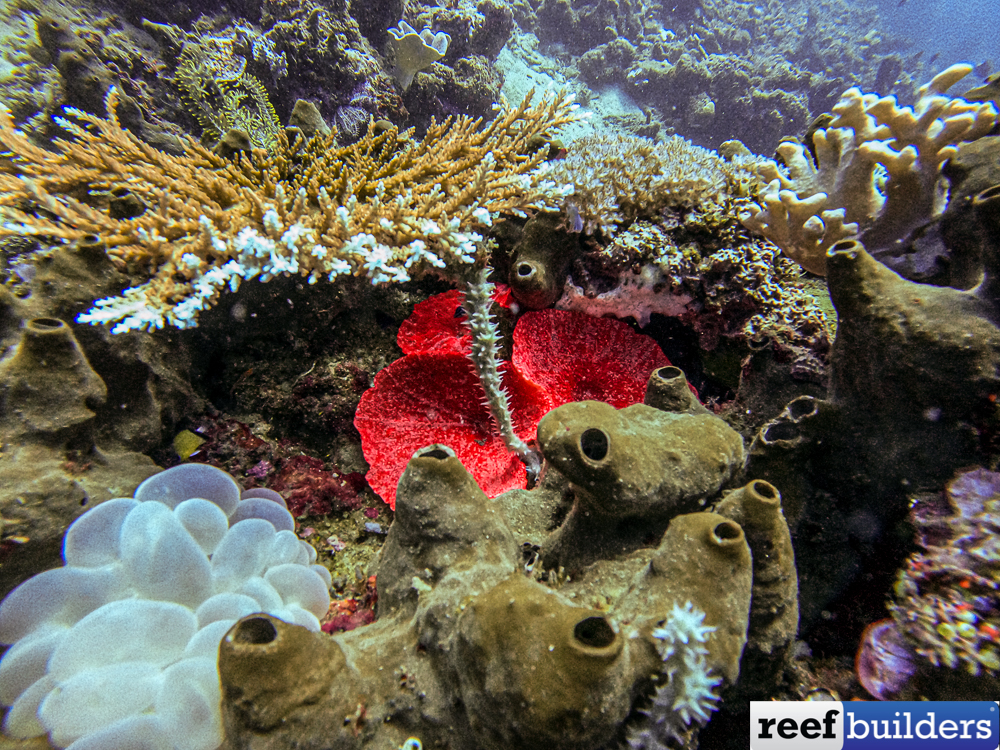

Discosoma are not very aggressive corals, usually trying to outrun other corals with fast growth instead of physically stinging it. They are Cryptic animals, filling gaps between live corals where they are protected from potential predators such as large butterfly fish or Sea Turtles. They prefer the shade of other corals, or the crevices of the reef, where not much competition is happening.
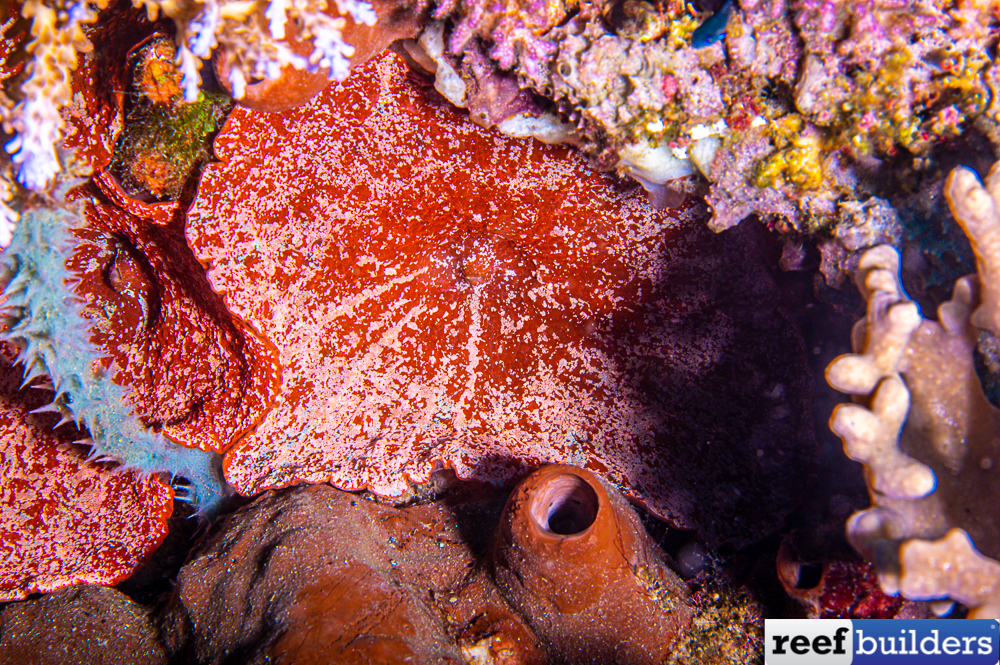
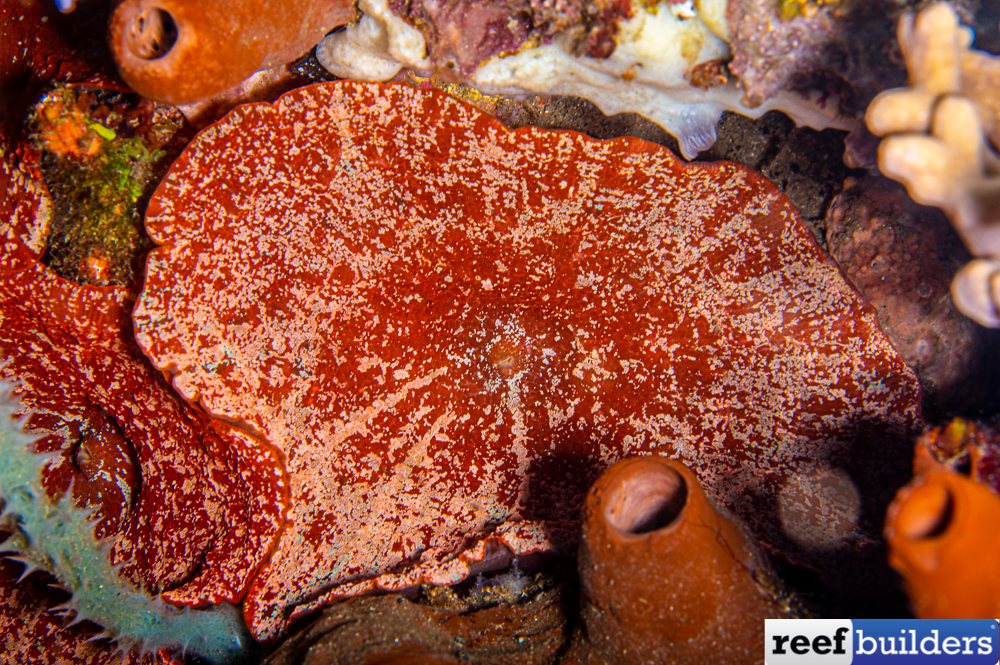
We always find Jawbreakers in calm, turbid environment. Where food is abundant. Not only do they seek protection in crevices, they also select this kind of location for feeding purposes. These cavities are where the food settles down. Exposing a large surface of cup shaped tissue in the sweet spot where particles drop and settle.
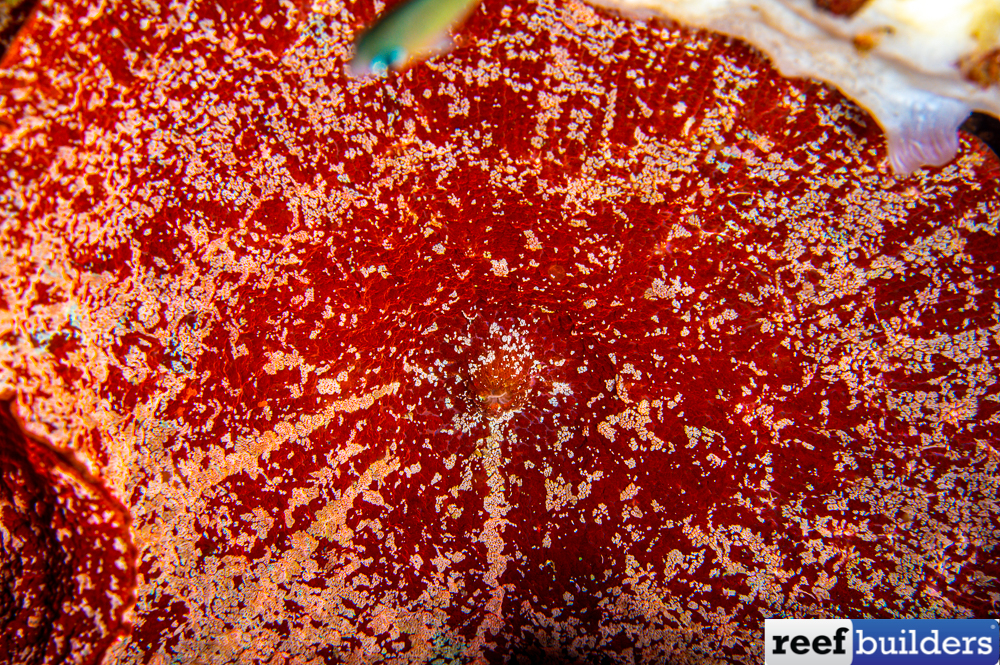
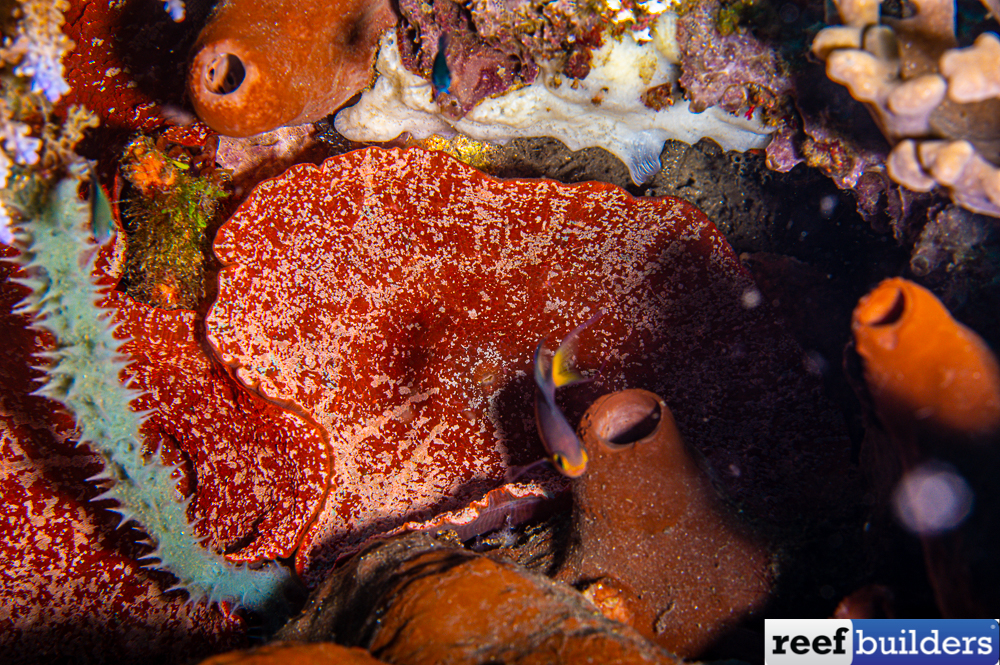
The color of these thick tissued shrooms is probably why they’re called jawbreaker coming in some of the brightest possible colors like Discosoma on steroids. The mix of Ruby red and light speckled pink is very attractive to aquarist but it’s actually the stealth color mode under water as red is quickly absorbed in water. Without much light, by 20 m (60ft) deep, in turbid water, it actually appears, completely grey… disappearing perfectly into the ‘grey’ surrounding of pink coralline algae. It’s only below the artificial light that it reveals its true beauty.
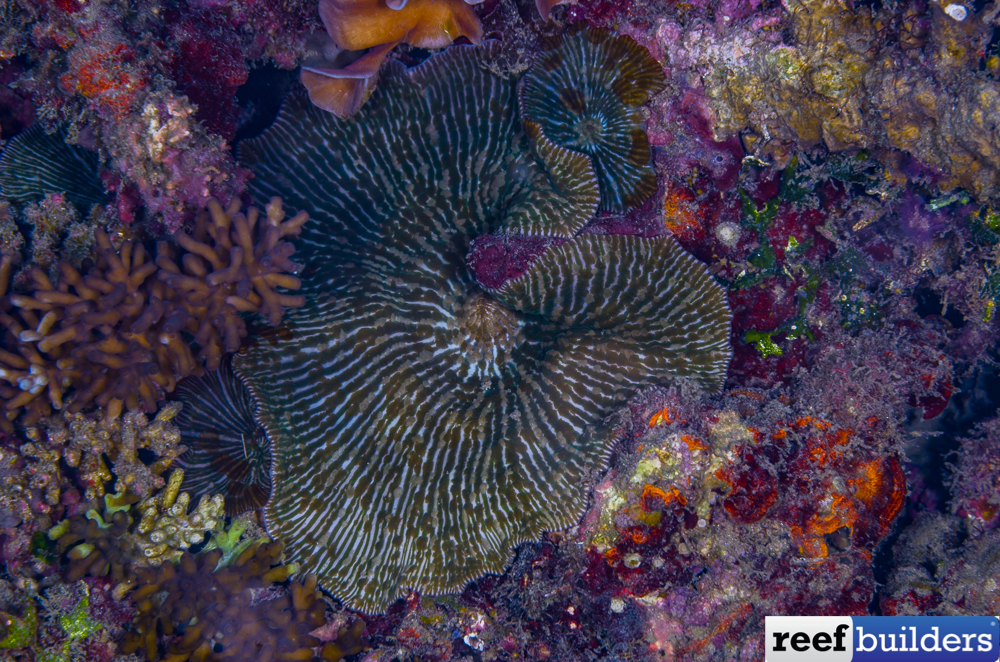

Not all Jawbreaker are spectacularly colored. Nevertheless they’re still very unique and amazing. Most aquarist struggle with them, as they require very low light and motion, and subsequent feeding. Their metabolism is very slow, and take a lot of time to adapt to new conditions, or recover from stress. Collection and shipping is often too much for them. They require a slow chain of custody.


